By Emerson Consultant, Kelley Egre
Weathering change is easier when leaders make it predictable. I am so relieved when my local forecaster accurately predicts bad weather. I follow their advice every day and I’d like to think they save me from many icy accidents and horrible hair days. But recently, the weather has been a source of real anxiety.
Multiple deadly storms ravaged our country this year. Just a couple of weeks ago, mudslides killed more than 15 people in Southern California. Without warning from local forecasters, the death toll could have been much worse. But 15 is still too many! These deaths may have been prevented with more time and/or information to better prepare. I find my thoughts often consumed by “What if?” and “What could happen in my own backyard?”
According to a study from the University of Illinois at Chicago, having an increased sensitivity to ambiguous, uncertain threats—or a heightened fear of the unknown—is at the root of a wide range of serious anxiety disorders. And change is high on the list of perceived workplace threats.
In today’s high-paced business environment, change is constant. Unless we are lucky enough to live with a psychologist, fears of failure or job loss can fester into visceral and unhealthy responses. In the workplace, that may translate into lack of focus and motivation. At home, it may lead to substance abuse, depression or anger.
To avoid a potential downturn in productivity at work, it is important for leaders to give their teams a predictable environment in which change is valued and expected. Though often wrong, predictions can give us a sense of control and a clear set of expectations. This helps us conserve our energy and more effectively prepare for the changes ahead.
How to Make Change Predictable for Employees
- Don’t surprise them. Be sure to give plenty of advance notice and involve them as often as you can with regular updates. This will give your team a sense of control, helping them plan for the change in their own way.
- Be specific. If people understand exactly what is changing, with details about how the change will impact them, they will feel more comfortable moving forward. Generally, people tend to go straight to the worst case scenario.
- Link it to what they know. Show them how it is similar to a previous and successful change. Be sure to use positive metaphors and examples.



